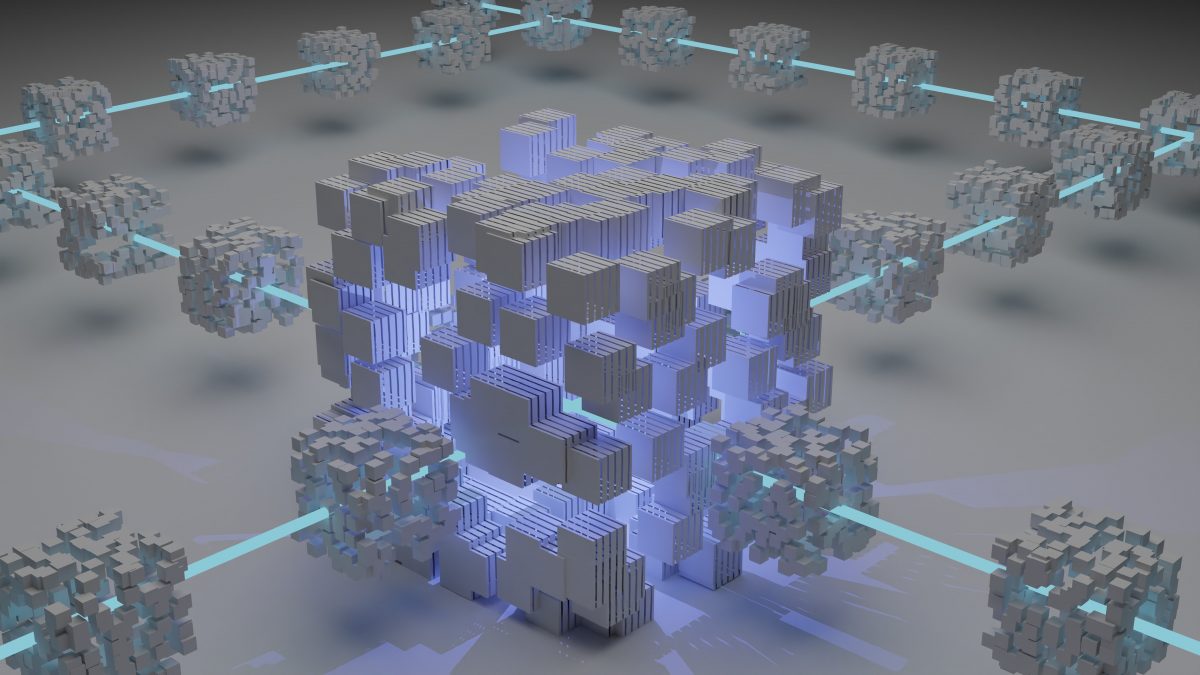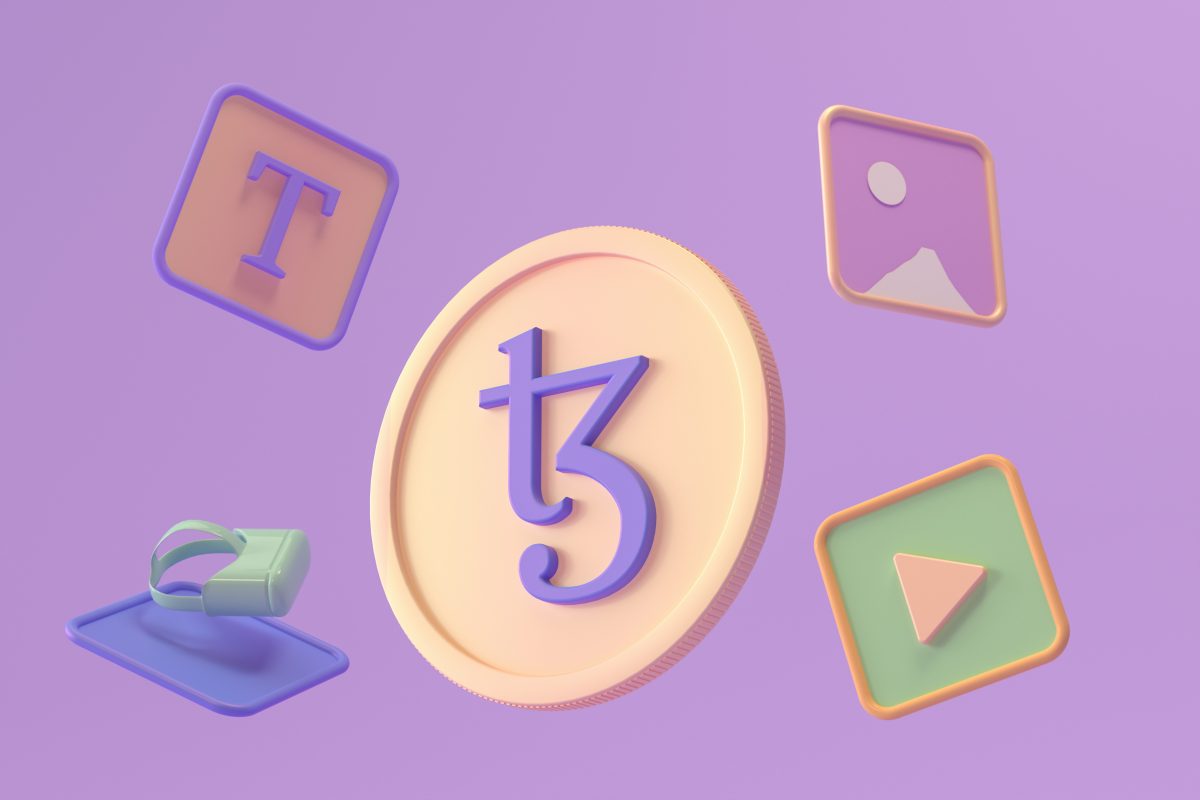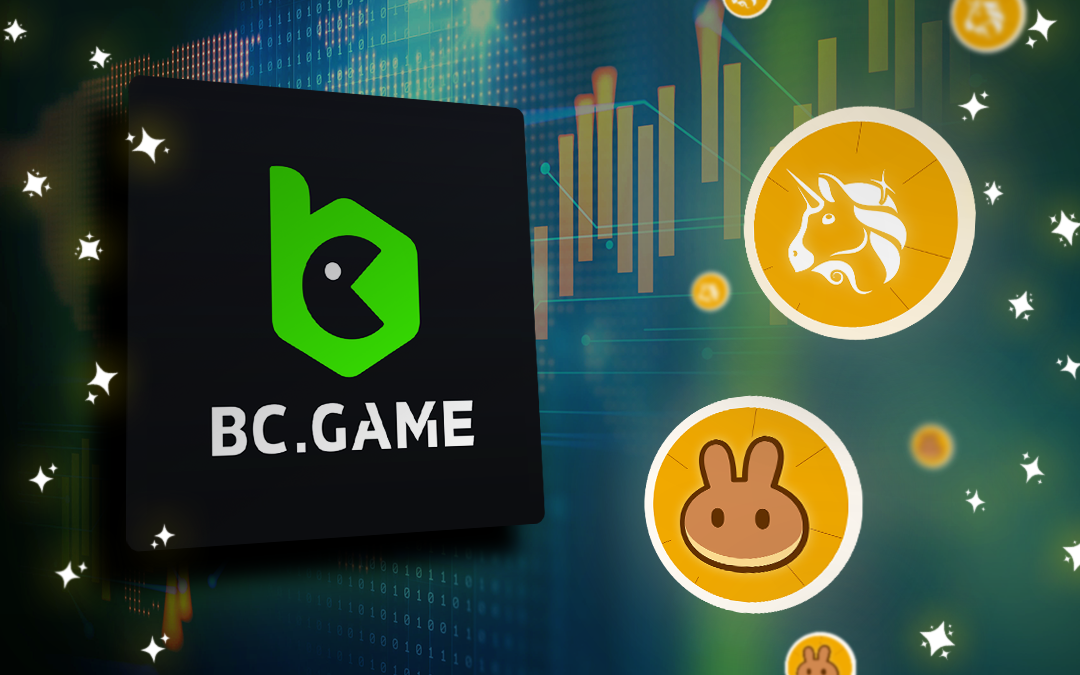Although centralised and decentralised crypto exchanges are entirely different, you will see many similar features, such as the pages where cryptocurrencies are displayed, charts where you can see the current prices, account settings, etc.
If you’ve used centralised exchanges like Binance and Coinbase, you’ll probably find it easy to navigate decentralised exchanges. Now, if this is your first time getting into more details about decentralised exchanges, you’ll learn more about these platforms in this article. Let’s start by providing a quick overview of decentralised exchanges.
What are decentralised crypto exchanges?
Decentralised crypto exchanges are platforms where you can buy and sell cryptocurrencies. On top of that, you can also swap crypto from one token to another as you wish. So, if you want to convert your BTC to USDT, you can easily do so on decentralised platforms. Also, additional features include staking, farming, providing liquidity, and lending.
The services of a decentralised platform will depend on its capability. If you want to try more features other than buying and selling crypto, you should check what the platform offers to find the right one-stop-shop website.
How are decentralized exchanges different from centralized ones?

You might also be curious about what makes decentralized exchanges different from platforms like Binance and Coinbase. The main difference is that decentralised platforms are built on blockchain, which means no one controls the transactions and records.
It also means users are freer to make transactions as they wish. Decentralised exchanges rely on liquidity pools, unlike centralised exchanges, where they need humans to initiate transactions when someone buys or sells cryptocurrencies. For instance, Binance has merchants who complete the transactions, and the prices of tokens will depend on how much merchants bid at the moment, which can be a bit higher or lower than the current market price.
In decentralised exchanges, users can buy or sell tokens at the current market price since transactions will automatically get completed once placed. There won’t be an issue if the liquidity pool is enough for specific tokens. It also explains why decentralised exchanges are often called “automated money makers.”
How do decentralised exchanges work?
Decentralised exchanges have liquidity funds reserved for specific tokens as automated money makers. Often, all tokens listed on these platforms have liquidity pools where the funds are taken from whenever a user buys, sells, or swaps cryptocurrencies. The funds in liquidity pools are provided by users too. Anyone can provide liquidity in exchange for rewards.
The rate will depend on the current APR offered by decentralised exchanges. Users who provide liquidity are called “LPs” or short for “liquidity providers.” Aside from the rewards they get from their contributions to the pool, they also receive LP tokens, which they can use to avail themselves of the other services offered by decentralised platforms. So, users who want to use these exchanges to get their cryptocurrencies can earn extra tokens by participating in the platforms’ services and projects.
On the flip side of the coin, users who want to avail of the services offered by decentralised platforms must ensure that they have a crypto wallet. The wallet should be connected to the platform so what users buy and sell is reflected in their accounts. The websites are easy to navigate if you’ve used other blockchain platforms. The trickiest part, though, is when you explore these sites for the first time. So, it’s recommended that you get familiar with crypto wallets, centralised exchanges, and other crypto-related things before you deep dive into other websites.
Who should use decentralized exchanges?
Finding the right decentralised exchange, connecting your crypto wallet, choosing which rewarding projects you want to be part of, and eventually earning from those projects. It is the process of using a decentralised platform for your cryptocurrencies.
As you’ve read above, these platforms are for everyone who wants to buy, sell, and swap cryptocurrencies. What makes decentralised exchanges better is that you don’t have to wait for a merchant to complete your transaction. With the reserved funds in liquidity pools, you can sell or purchase your cryptocurrencies in real time at the current market price.
Decentralised exchanges are also for those seeking extra income in the blockchain space. If you are not doing crypto trading or investing full-time, staking and providing liquidity might suit you. These activities are less risky than crypto trading, and even if you don’t have enough experience as a crypto trader, you can still participate to earn more cryptocurrencies.
Examples of decentralized crypto exchanges

Some of the notable decentralized crypto exchanges in the market today are Uniswap, PancakeSwap, SushiSwap, and Raydium. You can start exploring them and see which one is the most suitable for you. Just keep in mind that they are built on different blockchain networks. Uniswap, for example, is built on Ethereum, while PancakeSwap is on Binance Smart Chain. By knowing these things, you would know what tokens you can easily trade and what services you can avail of for better earnings.
Final Thoughts
As a final note, decentralised exchanges are great if you are looking for faster DeFi platforms where you can do crypto transactions smoother. You can buy, sell, swap, transfer, and even deposit cryptocurrencies. But then, you must be careful when using any platform you need to connect your crypto wallet.
You have to do a background check on the decentralised exchange first, especially if it’s new and doesn’t have a track record in the market. And even if the platform is already established, you must keep digging into the services they offer, especially in terms of providing liquidity. You should choose a liquidity pool with more participants to ensure your crypto rewards.

















